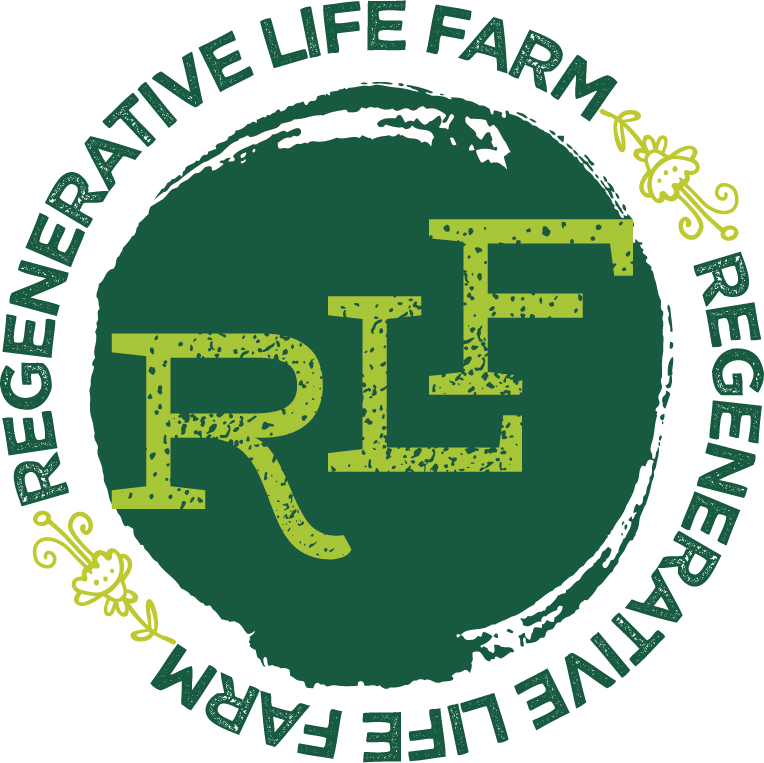Seed Saving
This appeared in the August 20, 2020 edition of The Fish Wrap.
Seed saving used to be a part of every farming operation. Over the last several decades that has become something of the past. Now, not only our grain crops, but our vegetables as well, have become mostly patented GMOs or trademarked hybrids that are illegal to save seeds from. In 1804, there were 7,098 apple varieties documented. Of those, 86% have been lost, along with 91% of the field corn and 81% of tomato varieties. The loss of genetic diversity and lack of viable local seed production are one of many concerns about our global food supply.
The Irish potato famine is an example of why variety is important. Diversity allows for a stable food supply when some strains are compromised. There are also many advantages to growing seeds produced by local plants. A plant that has thrived locally will produce seeds better adapted to the local climate.
We are constantly learning more about how the health of both the mother and father of humans is very important for the child’s health. Why would it be any different with plants? When a seed germinates it starts with 100% of its genetic potential. The instant it germinates, if conditions aren’t perfect it starts losing some of that potential. This is true for the entire growth cycle of the plant. What we gain from healthy parent plants is more genetic potential to begin with in the seed.
So, if any of you are seed savers, or know anyone that is a seed saver, keep it up and get in touch if you are interested in collaborating. At RLF we don’t grow all heirlooms, but a lot of them are, and we are learning and experimenting with saving different seeds. Saving locally grown seeds could be an invaluable practice to learn in the near future.
